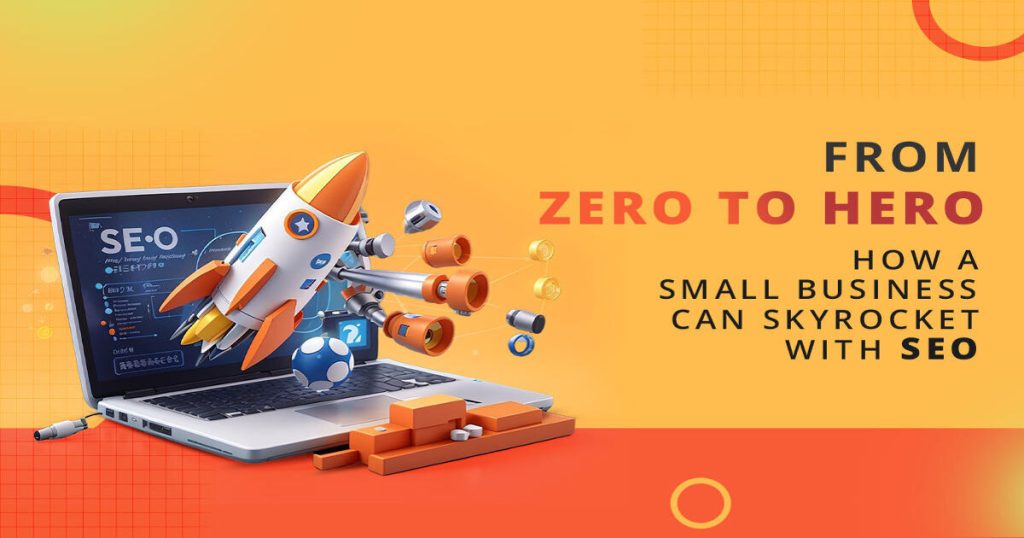B2B marketing is evolving rapidly. As we move into 2024, staying ahead of trends and adopting new strategies is crucial. This comprehensive blueprint will guide you through the latest tactics, data, and expert tips to ensure your B2B marketing is top-notch.
Understanding the B2B Landscape in 2024
The B2B landscape is more dynamic than ever. Digital transformation, AI, and changing buyer behaviors are reshaping how businesses interact. Understanding these shifts is essential.
1. Digital Transformation
Businesses are investing heavily in digital transformation. According to a report by McKinsey, digital adoption has accelerated by five years due to the pandemic. This trend continues in 2024. Companies are focusing on automation, data analytics, and AI to streamline operations and enhance customer experiences.
2. AI and Machine Learning
AI is no longer a futuristic concept; it’s here and thriving. Gartner predicts that by 2024, AI will be integral in 75% of marketing operations. AI-powered tools for data analysis, customer segmentation, and personalized marketing are becoming standard.
3. Changing Buyer Behaviors
Today’s B2B buyers are more informed and expect a personalized experience. A study by Demand Gen Report reveals that 77% of B2B buyers conduct extensive research before making a purchase. They rely heavily on digital content and peer recommendations.
Key Strategies for B2B Marketing in 2024
1. Content Marketing
Content remains king in B2B marketing. However, the focus is shifting towards quality and relevance. In 2024, content marketing should be data-driven and personalized.
– High-Quality Content: Invest in creating detailed, insightful content that addresses the specific pain points of your target audience. White papers, case studies, and in-depth articles are effective.
– Personalization: Use data analytics to personalize content. Tailor your messaging to different segments of your audience to increase engagement.
According to HubSpot, companies that prioritize blogging are 13 times more likely to achieve a positive ROI. In 2024, this trend will only intensify.
2. Account-Based Marketing (ABM)
ABM is a strategic approach that focuses on high-value accounts. It involves personalized campaigns designed to resonate with specific businesses.
– Targeted Campaigns: Use data to identify key accounts. Develop customized content and messaging for these accounts.
– Integrated Efforts: Align sales and marketing teams to ensure a cohesive approach. Tools like LinkedIn Sales Navigator can help in targeting and engaging key decision-makers.
SiriusDecisions reports that 87% of B2B marketers say ABM delivers a higher ROI than other marketing activities.
3. Social Media Marketing
Social media is a powerful tool for B2B marketers. It’s not just about brand awareness but also about lead generation and customer engagement.
– LinkedIn: This platform remains the top choice for B2B marketers. Use it for thought leadership, sharing valuable content, and engaging with industry professionals.
– Video Content: Incorporate video into your social media strategy. According to Wyzowl, 86% of businesses use video as a marketing tool, and this is expected to grow.
4. SEO and SEM
Search Engine Optimization (SEO) and Search Engine Marketing (SEM) are critical for visibility. With changing algorithms and increasing competition, staying updated is key.
– Keyword Research: Use tools like SEMrush and Ahrefs to identify relevant keywords. Focus on long-tail keywords that match user intent.
– Quality Backlinks: Build high-quality backlinks to improve your search rankings. Guest blogging and partnerships can help in this effort.
BrightEdge reports that 68% of online experiences begin with a search engine. Investing in SEO and SEM is essential for driving traffic and leads.
5. Email Marketing
Email marketing remains one of the most effective B2B channels. Personalization and automation are crucial for success.
– Segmentation: Segment your email lists based on demographics, behavior, and purchase history. This ensures your messages are relevant.
– Automation: Use marketing automation tools to nurture leads through personalized email sequences. HubSpot and Mailchimp are popular choices.
According to Campaign Monitor, segmented email campaigns have a 14.31% higher open rate and a 100.95% higher click-through rate than non-segmented campaigns.
Leveraging Data and Analytics
Data-driven marketing is the cornerstone of effective B2B strategies. In 2024, leveraging data and analytics will be more important than ever.
1. Customer Insights
Use data analytics to gain deeper insights into your customers. Understand their behavior, preferences, and pain points. This will help in crafting targeted campaigns that resonate.
2. Performance Tracking
Measure the performance of your marketing efforts. Use tools like Google Analytics, HubSpot, and Tableau to track key metrics such as conversion rates, lead generation, and ROI.
3. Predictive Analytics
Predictive analytics can help you anticipate future trends and customer needs. By analyzing historical data, you can make informed decisions about where to allocate resources and how to optimize campaigns.
Expert Tips for B2B Marketing Success in 2024
1. Focus on Customer Experience
“Customer experience is the new battlefield,” says Gartner. Ensure every touchpoint is optimized for a seamless experience. This includes your website, social media, customer service, and post-purchase support.
2. Invest in Technology
Leverage the latest marketing technologies. AI, machine learning, and automation tools can significantly enhance efficiency and effectiveness. Stay updated with the latest Martech trends and tools.
3. Embrace a Multichannel Approach
Don’t rely on a single marketing channel. Use a multichannel approach to reach your audience across different platforms. This increases your visibility and engagement.
4. Continuous Learning and Adaptation
The marketing landscape is constantly evolving. Stay ahead by continuously learning and adapting to new trends and technologies. Attend industry conferences, webinars, and keep up with thought leaders.
5. Sustainable Practices
According to a study by Nielsen, 81% of consumers feel strongly that companies should help improve the environment. Implement sustainable practices in your marketing strategy. This not only boosts your brand image but also resonates with socially conscious buyers.
Conclusion
The B2B marketing landscape in 2024 is filled with opportunities. By understanding the latest trends, leveraging data, and adopting new strategies, you can stay ahead of the competition. Focus on delivering value, personalizing experiences, and using technology to your advantage.
Remember, the key to success is continuous improvement. Keep refining your strategies, learn from your data, and adapt to changes in the market. With this blueprint, you are well-equipped to navigate the complexities of B2B marketing in 2024 and beyond.




